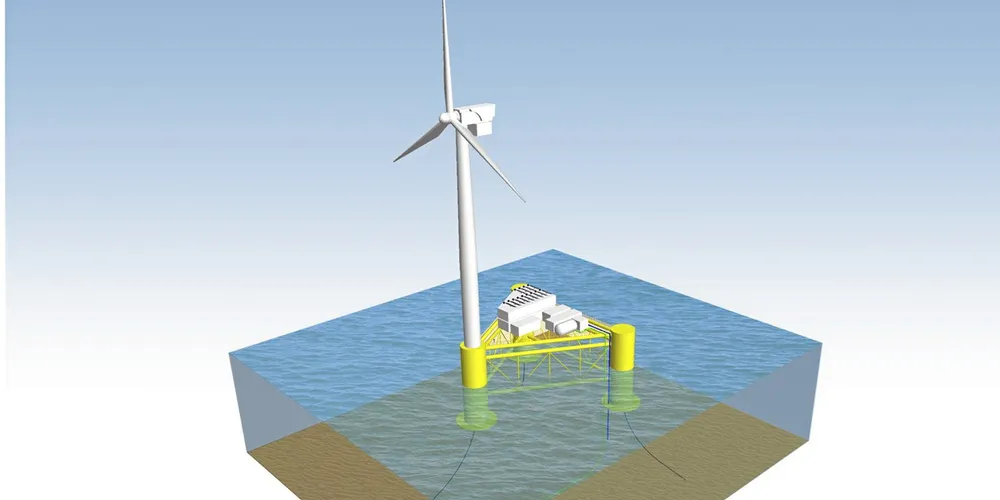Salamander floating wind project off Scotland gets gassed up with new-look hydrogen kit
Developers Simply Blue Energy and Subsea7 sign deal with ERM to build-in Dolphyn technology to pioneering 200MW deepwater project in North Sea

Developers Simply Blue Energy and Subsea7 sign deal with ERM to build-in Dolphyn technology to pioneering 200MW deepwater project in North Sea
